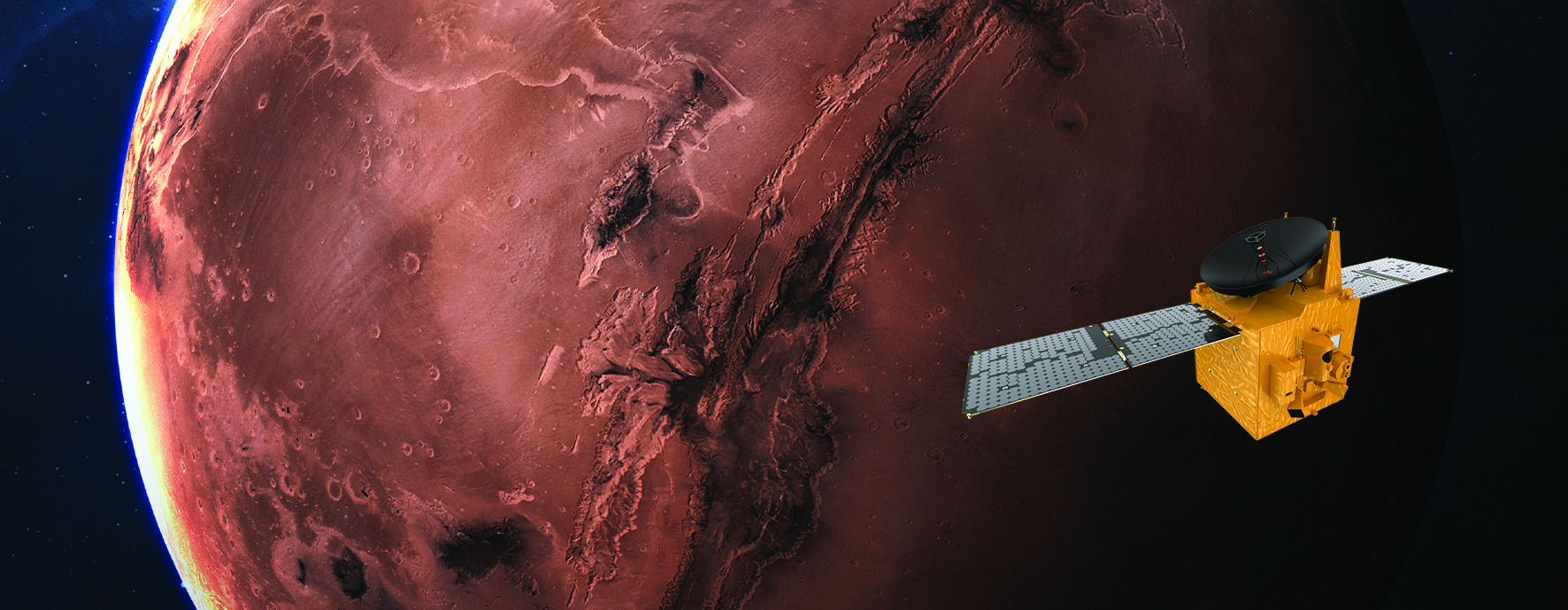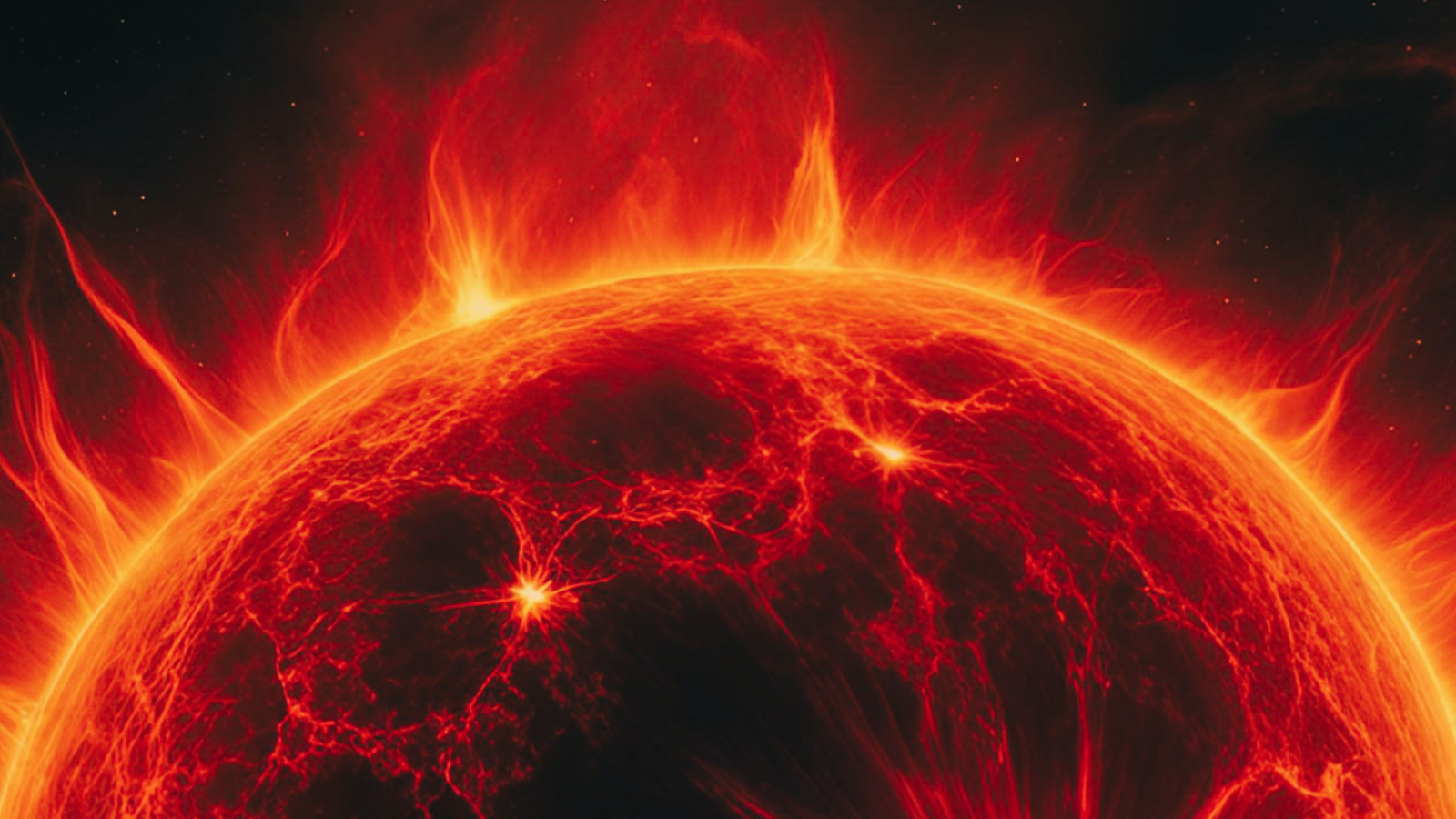What's next for Hope Mars orbiter? UAE faces long journey to Red Planet.
The United Arab Emirates (UAE) is bound for Mars.
The country launched its first-ever interplanetary mission yesterday (July 19) in an ambitious bid to develop its science and technology sectors. The Emirates Mars Mission, also called Hope, blasted off from Japan after multiple delays due to bad weather and smoothly began its journey to Mars.
But the spacecraft still has a lot of work to do before it joins the fleet of Mars orbiters at work around the Red Planet.
Related: The UAE's Hope Mars orbiter: Here's 6 things to know
More: The United Arab Emirates' Hope mission to Mars in photos
First, Hope will have to make the journey itself, and there's plenty that could go wrong between launch and arrival. In particular, beginning about a month after launch, the spacecraft will need to execute a series of what engineers call trajectory correction maneuvers that will navigate the spacecraft to Mars.
Hope is equipped with star trackers that it will use to compare the starry sky it sees with the views that mission staff have calculated it ought to see. The spacecraft will use both the trajectory maneuvers and the star trackers to ensure it remains on course for the remaining six months of the cruise, a difficult feat.
"It's a very small target," Pete Withnell, program manager for Hope at the University of Colorado Boulder, said during a news conference held on July 9. "It's equivalent to an archer hitting a two-millimeter target one kilometer away. So this is not for the faint of heart."
Breaking space news, the latest updates on rocket launches, skywatching events and more!
Then, of course, there's the matter of actually settling into orbit around Mars. The Red Planet is a notoriously difficult destination to reach, and about half of all missions launched to our dusty neighbor fail somewhere along the way.
Hope is set to arrive at Mars in February 2021, with the exact date still to be determined. The spacecraft will settle into a unique equatorial orbit, looping around the planet's midline every 55 hours in order to better study how the weather and atmosphere of Mars change over time.
The $200 million spacecraft will remain at work for at least a full Martian year, a bit less than two Earth years, in order to give scientists an initial look at seasonal changes in the planet's atmosphere.
Of course, even a smooth launch didn't guarantee that the spacecraft will survive the challenges ahead of it. However, the UAE isn't pinning all of its hopes on the mission successfully completing all its objectives and the project can still be a success even if something goes wrong.
Omran Sharaf, mission lead for the Hope spacecraft, admitted that the project was "risky," but said that the UAE knew that going into the endeavor and accepted the risks. "For the Emirates, it's more about the journey," Sharaf said during the same news conference.
Tackling the challenge head-on was as important as the mission's success.
"It doesn't mean that the mission has failed if we didn't manage to get there," he continued. "Is failure is an option? Yes, it is an option. But as long as we learn and we move forward, it's just a setback, it's not a failure for us."
Email Meghan Bartels at mbartels@space.com or follow her on Twitter @meghanbartels. Follow us on Twitter @Spacedotcom and on Facebook.

Meghan is a senior writer at Space.com and has more than five years' experience as a science journalist based in New York City. She joined Space.com in July 2018, with previous writing published in outlets including Newsweek and Audubon. Meghan earned an MA in science journalism from New York University and a BA in classics from Georgetown University, and in her free time she enjoys reading and visiting museums. Follow her on Twitter at @meghanbartels.

